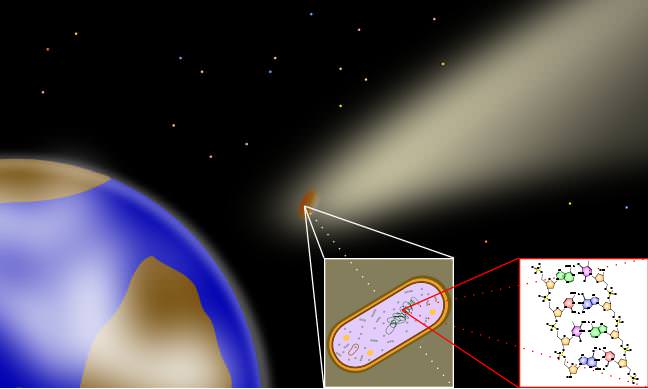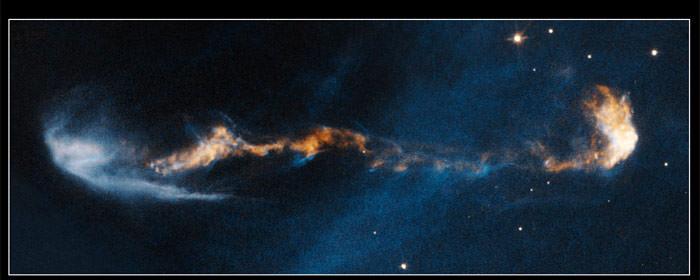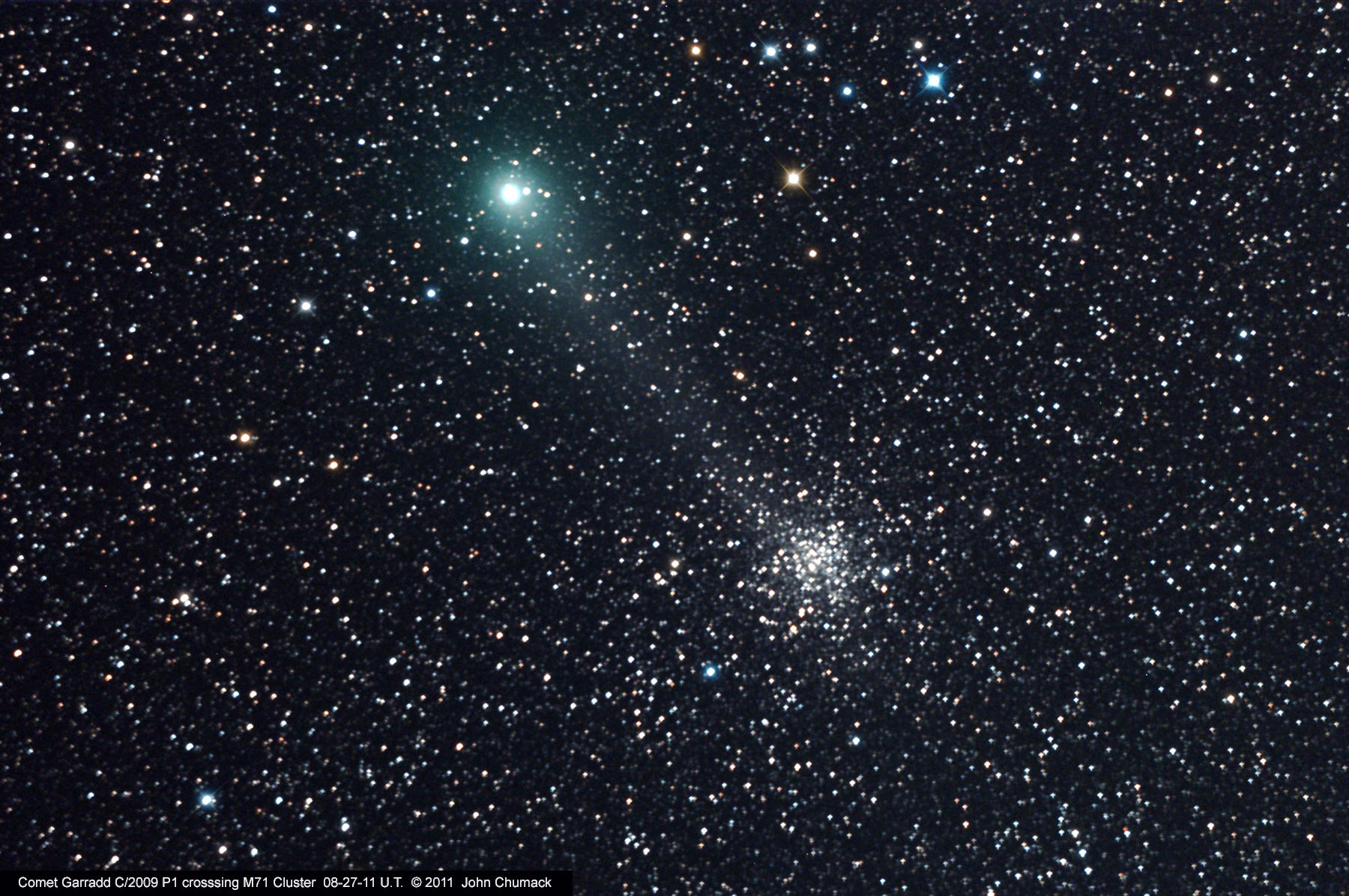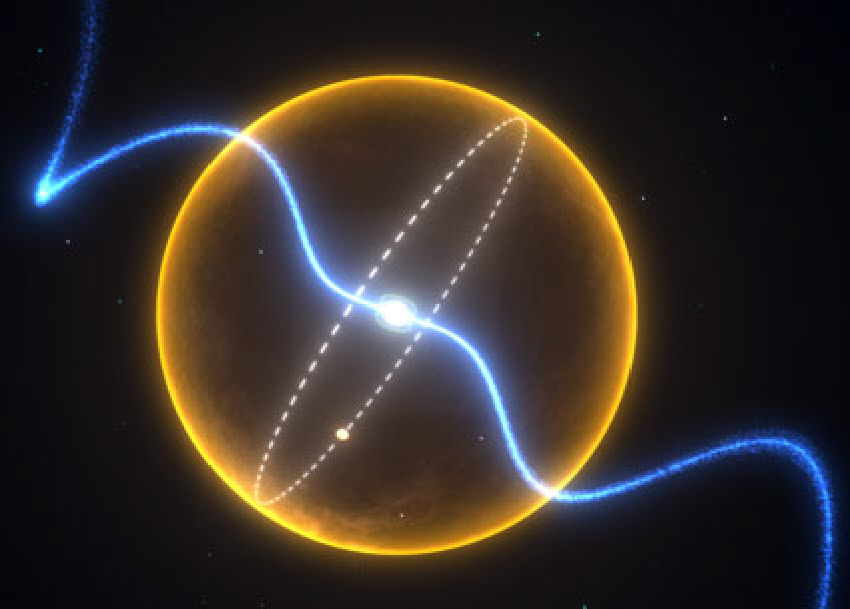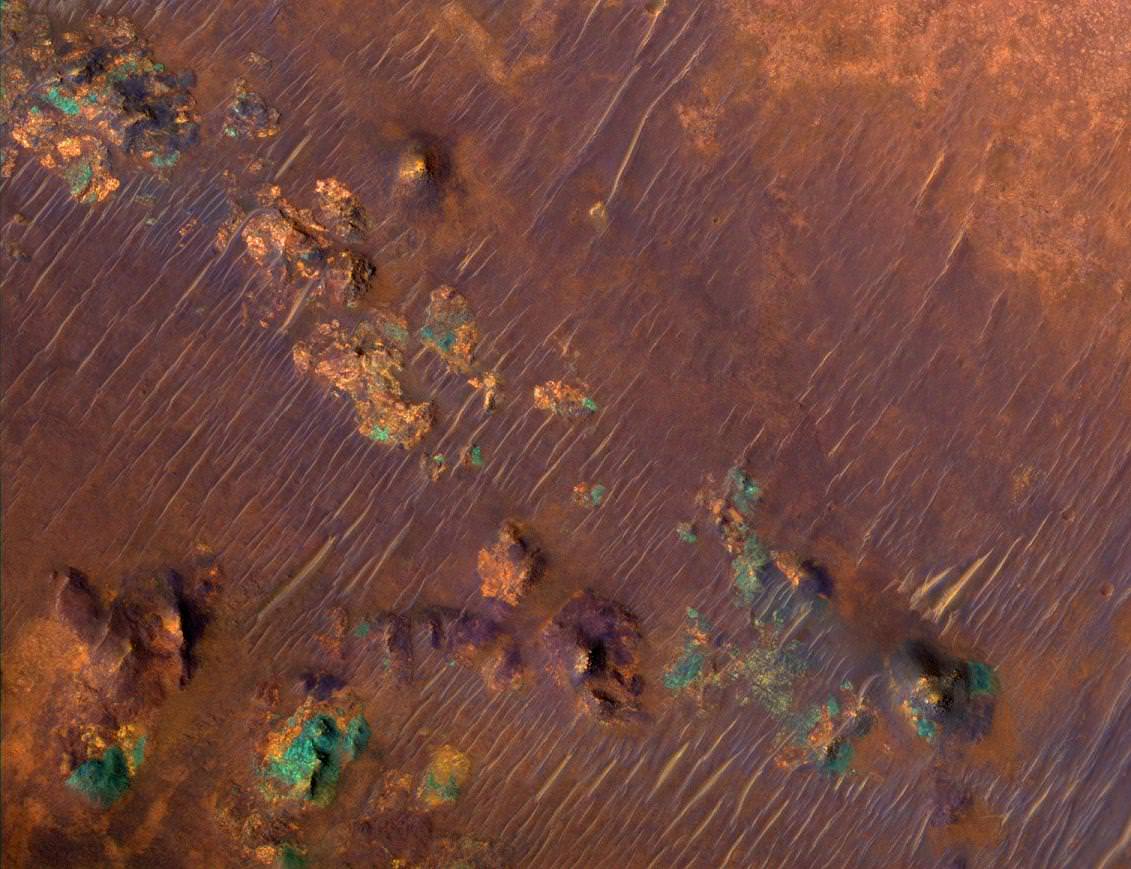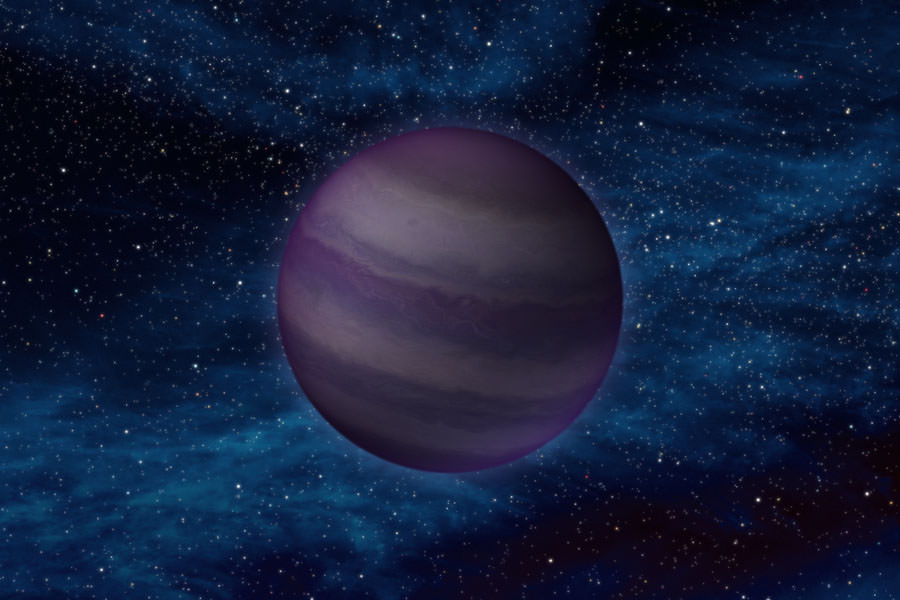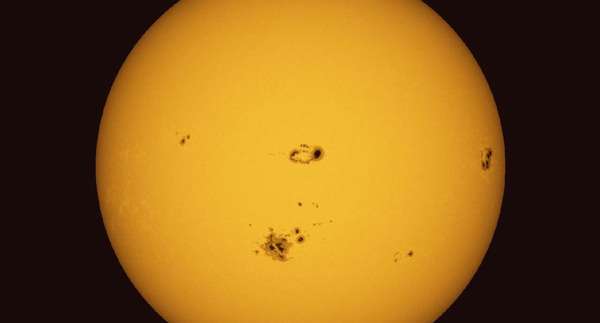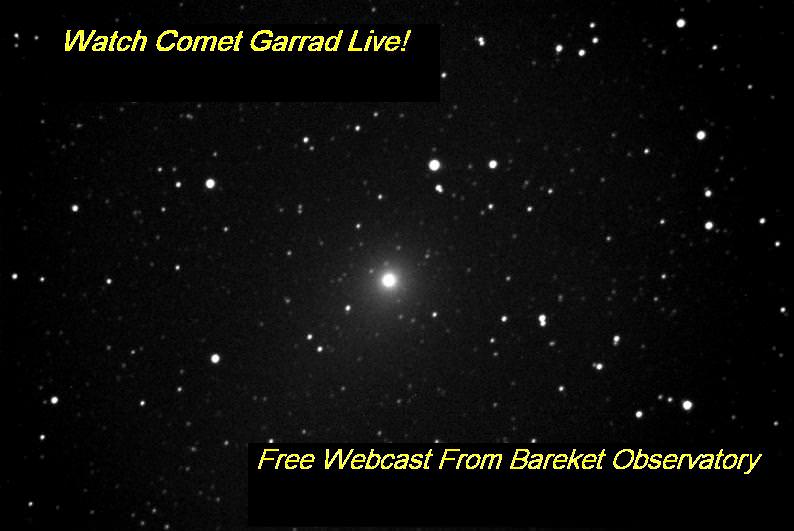[/caption]
Most of us are familiar with the concept of panspermia – where living organisms can be “seeded” from comet or asteroid impacts – but where does the life-giving content come from? According to a research group led by Mauricio Reyes-Ruiz from the National Autonomous University of Mexico, it just might come from Earth.
Inspired by the discovery of Moon and Mars rocks found on Earth from meteor strikes, the team began computer modeling of what might happen if pieces of Earth were transported across the Solar System via a collision scenario. The simulation involved 10,000 Earth particles moving over a period of 30,000 years. The amount of matter is tiny compared to the bulk our planet and it’s a blink of the eye in cosmic time, but scientists theorize that extreme lifeforms might be able to exist that long in space.
“The collision probability is greater than previously reported,” said Reyes-Ruiz. “It has been suggested that the ejection to interplanetary space of terrestrial crustal material, accelerated in a large impact, may result in the interchange of biological material between Earth and other Solar System bodies”
Could pieces of Earth really reach other planets? According to older theories, chances were good that some might reach the Moon or Venus, but gravity from the Sun and Earth makes reaching Mars improbable. However, the new simulations show a Mars impact – and even Jupiter – to be probable with the right ejection speeds. By involving slightly more particles at five times the rate of motion, the new results show the particles could even go beyond the Solar System. Oddly enough, the faster they moved, the lesser their chances of encountering the Moon and Venus became. Of the 10,242 tested, 691 particles ‘escaped’ out of the Solar System entirely, and six landed on Jupiter itself. Is this a Neil Young vision of flying Mother Nature’s silver seed to a new home?
Chris Shepherd of the Institute of Physics in London, who was not involved in the study, might agree with this conclusion. “This is an intriguing piece of work. The team have mapped out a really interesting scenario,” he said. One possible collision zone is Europa, the moon of Jupiter, and while the team did not simulate the number of particles that would specifically land there, many astronomers believe that it contains a large ocean, and could therefore support life.”
Original Story Source: Cosmos Magazine News Release. For Further Study: Dynamics of escaping Earth ejecta and their collision probability with different Solar System bodies.

